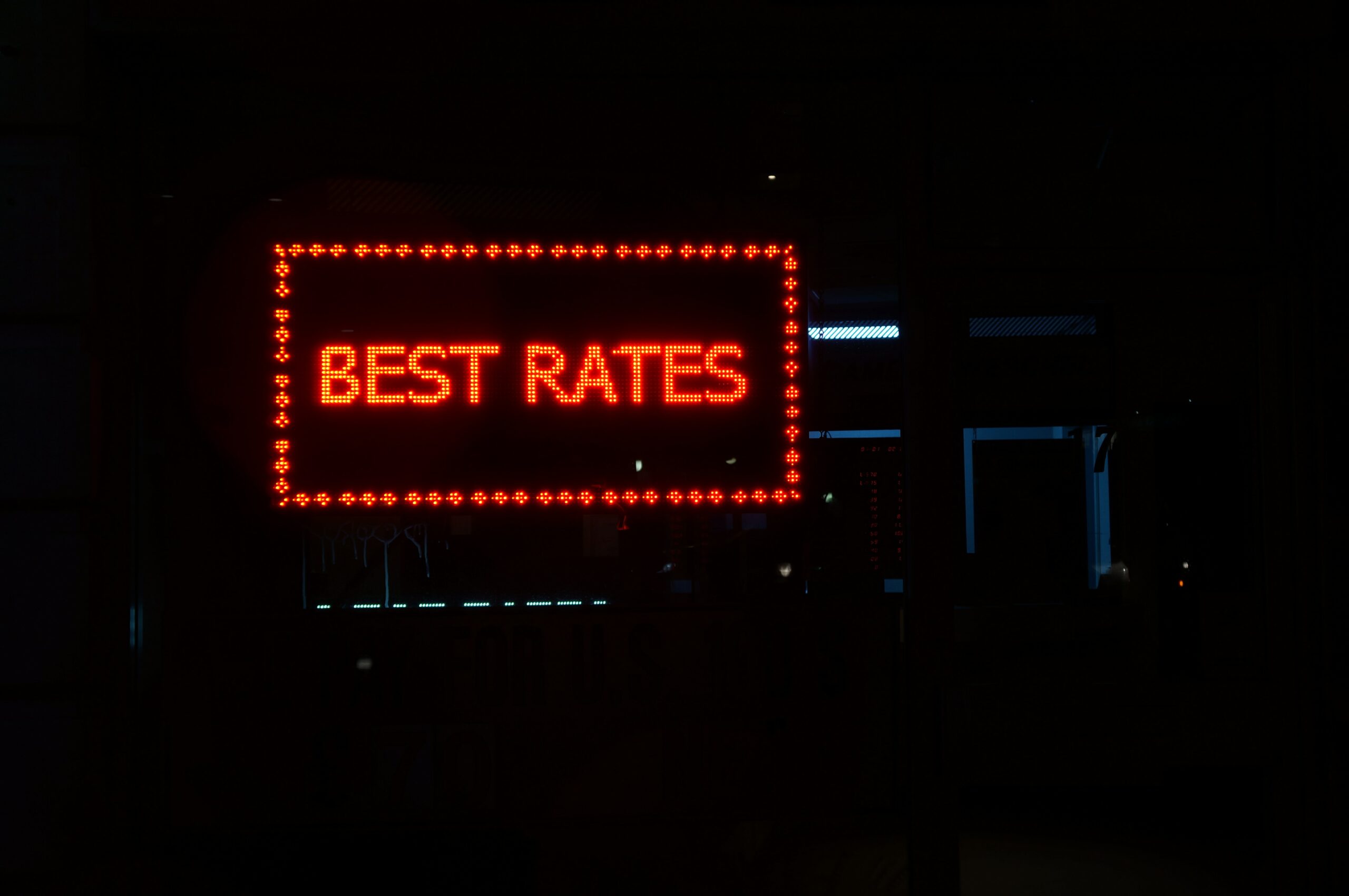Porcupine Real Estate Blog
Mortgage Rate Locks Explained

To lock or not to lock? If you are shopping for a home loan or refinancing a mortgage, your mortgage lender will require you to lock your rate on the amount borrowed no later than five days prior to closing. Locking a rate guarantees the interest rate for a set period of time. The decision to lock or not is a question of timing your purchase or refinance with the market.
Here are some common options:
15-day lock - the “lowest-cost rate” available. The loan needs to be approved by underwriting to take advantage of this lock.
30-day lock - the fair market rate and most commonly used for interest rate locking upfront before loan approval.
45-day lock - used for transactions taking longer, whether the loan is approved or not.
60-day lock - can be used in circumstances where the loan is prolonged. This option does not usually offer the best interest rate for the consumer.
Interest rates can vary by as much as 0.25 percent on the longer rate locks compared against 30-day and 15-day rate locks. The bottom line: the longer the lock, the more risk the lender takes and the slightly more costly the loan.

